Vagabonding Field Report: Korea’s demilitarized zone (DMZ)
Cost/day: $100
What’s the strangest thing you’ve seen lately?
For the first time in ten months, North Korean soldiers came down from their posts and took pictures of each other right outside the conference building joining North and South–while I was getting a tour inside the building.
However high the tension between the countries, it seemed trivialized by the bright blue paint and perfectly immobile South Korean soldiers in their teal uniforms and round helmets. It felt as if we were all acting in a play, not treading one of the highest security areas in the world.
Describe a typical day:
I arrived at the United Service Organizations (USO) tour facility early in the morning for a foggy bus ride to the DMZ. Our tour group was heavily monitored via American and South Korean soldiers and CCTV. Photo taking opportunities were strictly limited, especially inside Camp Bonifas and the Joint Security Area (JSA).
Our tour guide ushered us from area to area on a tight schedule, briefing us on the history and geography of the JSA along the way. North Korea has a propaganda village visible from the south side, its giant flag hanging from a 160 meter tall pole to mark the spot. Looking closely, we saw the village’s buildings have windows and doors painted on their exteriors.
Appearance is everything.
Since 1974, South Korea has discovered four underground tunnels dug from North Korea to Seoul. Officials think there are 16 more. The tunnels are equipped with CCTV (wired to the North) and designed to infiltrate the South with an entire infantry of soldiers in under an hour.
We were allowed to make the steep descent down the Third Tunnel. The North has painted the walls black so they can use coal mining as a rather shallow cover-up for the tunnels’ presence.
Again, appearance is everything.
Describe an interesting conversation you had with a local:
Our American military tour guide has been stationed at the DMZ for nine months. We had plenty of opportunity to ask questions about life as a soldier in this area. He told us:
1. Soldiers wear sunglasses to increase the sense of intimidation. He said that once, a Northern soldier muttered, “I kill you” during a stare-down.
2. American soldiers serve at least 12 months. They rarely get to leave Camp Bonifas, but their Korean comrades have it worse: they serve 24 months, sometimes standing in the freezing cold or miserable heat for hours at a time. Even wiping the sweat off one’s own face is considered a sign of weakness.
3. The DMZ is one of the wildest areas on the planet. Animals such as pheasants, cranes and even wolves have found a haven in this landscape so untouched by humans.
What do you like about where you are? Dislike?
At first, the North-South tension made me roll my eyes. It seemed like little more than a childhood rivalry, further egged on by the U.S.
But as the tour went on, I began feeling disappointment and sadness that a 5,000 year old culture has been divided for 60+ years now with failed efforts at reunification.
Dorasan Station is a skeleton of these efforts. For almost a year, freight trains traveled between Pyeongyang and Seoul. However, North Korea closed the border crossing in late 2008. This halted hope for a reunified Korea.
The abandoned railway station is ghostlike with its pristine entrance and empty tracks. Speeches proclaiming peace and friendship from George W. Bush and Kim Dae-Jung decorate one of the walls.
The great contradiction of the DMZ is its longing for a reunified peninsula. Despite being one of the most tensely guarded areas in the world, it still maintains glimmers of hope for its own demise. Places like “Peace Village” and “Freedom Road” populate the landscape.
Describe a challenge you faced:
Unfortunately, air visibility was pretty low at the time of my visit. Even with binoculars, it was difficult to see anything on the North side.
What new lesson did you learn?
I did my DMZ tour less than a month after Kim Jong Un revamped his threats of nuclear war at South Korea. Once the media hubbub died down, it became clear, as I suspected, that these were empty threats.
I’m registered with the U.S. Embassy and have an evacuation plan just in case war breaks out, but the business-as-usual attitude surrounding my DMZ tour confirmed that there’s no need to worry for now.
Where next?
I will visit Namhae (one of Korea’s southern islands) and do lots of hiking around Changwon, Busan and Jirisan National Park this summer. The weather is getting hot and it’s time to get outdoors!

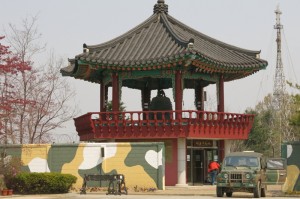
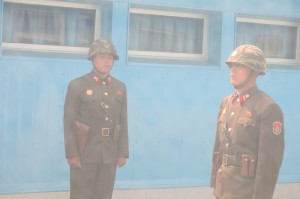
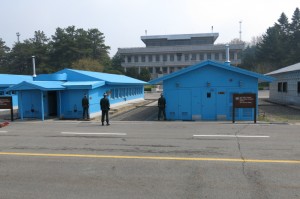
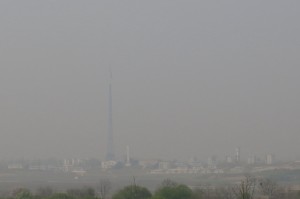
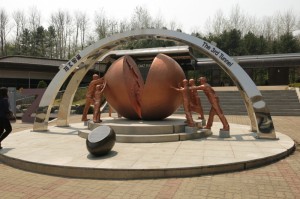
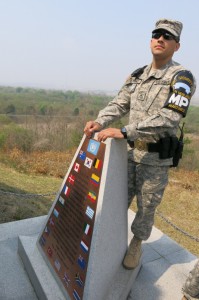
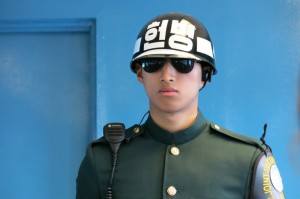
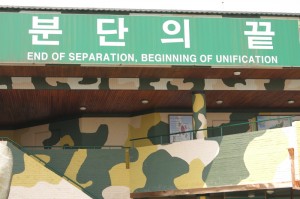
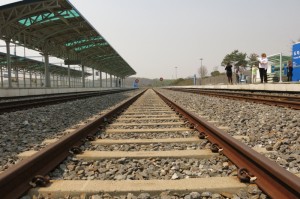
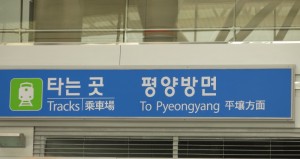
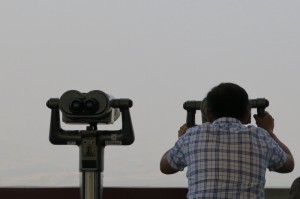
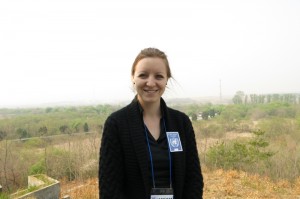
May 15th, 2013 at 7:16 am
In 2000, I visited the DMZ along the East Coast. There, the two sides face each other across a valley and both sides played propaganda from over-sized loud speakers aimed at the other side. They didn’t allow any photos of North Korea, but in the distance you could see the iconic “Diamond Mountain” that holds a special place in Korean folklore. Heading up to the DMZ, there were five or six lines of defenses and each had road cuts through a mountain with heavy cement blocks designed to be easily moved with explosives to drop in the road in order to block tanks. On the south side, there were three huge statues (Jesus, Mary and Buddha) facing the north. It was an interesting place even though tension wasn’t so high then.
May 15th, 2013 at 8:51 am
Wow, that sounds COMPLETELY different than my tour. It’s amazing how things change in the span of 13 years, even when it seems like a place frozen in time. Thanks for sharing your experience.
May 15th, 2013 at 11:38 am
i visited the dmz as a us soldier stationed in south korea in 1982. back then, tension was even higher than now.